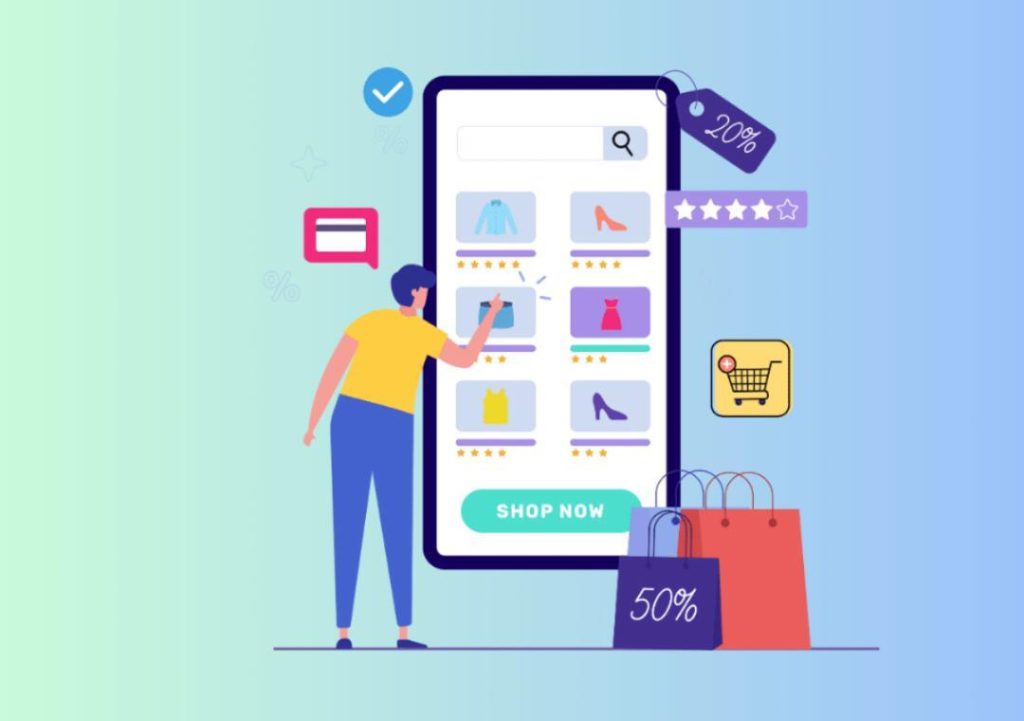
Can Speeding Up E-commerce Drive Conversions?
In today’s fast-paced digital landscape, speed is becoming an increasingly critical factor in e-commerce success. A slow-loading website can lead to high bounce rates, lost sales, and a negative user experience. On the other hand, a speedy website can boost conversions, improve user satisfaction, and drive business growth. In this blog post, we’ll explore the importance of speeding up e-commerce sites and highlight key areas for improvement.
Speeding up an e-commerce site by 80% has been shown to increase conversions by up to 30%. This is especially true in markets like India, where mobile usage is extremely high. In fact, according to a report by Hootsuite, India has the highest mobile penetration rate in the world, with over 85% of the population using mobile devices. This presents a huge opportunity for e-commerce businesses to optimize their websites for mobile and reap the benefits of faster loading speeds.
So, what can e-commerce businesses do to speed up their websites and drive conversions? A thorough SEO audit is a great place to start. Here are some key areas to focus on:
Asset Compression:
One of the most effective ways to speed up an e-commerce site is to compress assets such as images, videos, and audio files. These files can account for a significant portion of a website’s overall size, and compressing them can significantly reduce loading times. There are several tools available that can help with asset compression, including TinyPNG, ImageOptim, and ShortPixel.
Critical CSS:
Critical CSS refers to the CSS code that is required for a webpage to render correctly. By removing unnecessary CSS code and only loading critical CSS, e-commerce businesses can significantly reduce page load times. This can be achieved using tools such as Critical CSS and CSSNano.
Lazy Loading:
Lazy loading is a technique that loads content only when it’s needed. This can be particularly effective for e-commerce sites that have a large number of products or categories. By lazy loading content, businesses can reduce the amount of data that needs to be loaded initially, resulting in faster page load times.
Mobile-First Design:
As mentioned earlier, mobile usage is extremely high in India, and a mobile-first design is essential for e-commerce businesses that want to succeed in this market. A mobile-first design involves designing a website for mobile devices first and then adapting it for desktop devices. This approach ensures that the website is optimized for mobile users and provides a seamless user experience.
Other Key Areas to Focus On:
In addition to asset compression, critical CSS, lazy loading, and mobile-first design, there are several other key areas that e-commerce businesses should focus on to speed up their websites:
- Minify and compress HTML, CSS, and JavaScript files
- Use a content delivery network (CDN) to distribute content across multiple servers
- Optimize server response times and reduce the number of requests
- Use a caching mechanism to store frequently accessed content
- Optimize images and videos for web use
Benefits of Speeding Up E-commerce Sites:
So, what are the benefits of speeding up an e-commerce site? Here are a few:
- Increased conversions: A faster website can increase conversions by up to 30%.
- Improved user experience: A fast-loading website provides a seamless user experience, reducing friction and increasing customer satisfaction.
- Higher search engine rankings: Search engines such as Google prioritize fast-loading websites, so speeding up an e-commerce site can improve search engine rankings.
- Increased trust: A fast-loading website can increase trust and confidence in a brand, leading to increased customer loyalty and repeat business.
Conclusion:
Speeding up an e-commerce site is crucial for driving conversions and improving user experience. By focusing on key areas such as asset compression, critical CSS, lazy loading, and mobile-first design, e-commerce businesses can significantly reduce page load times and improve user satisfaction. Additionally, by optimizing for mobile devices and using caching mechanisms, businesses can further improve their website’s speed and performance.
Remember, speed is not just about improving user experience; it’s also about improving search engine rankings and increasing trust and confidence in a brand. By prioritizing speed and performance, e-commerce businesses can drive conversions, increase customer loyalty, and ultimately drive business growth.






